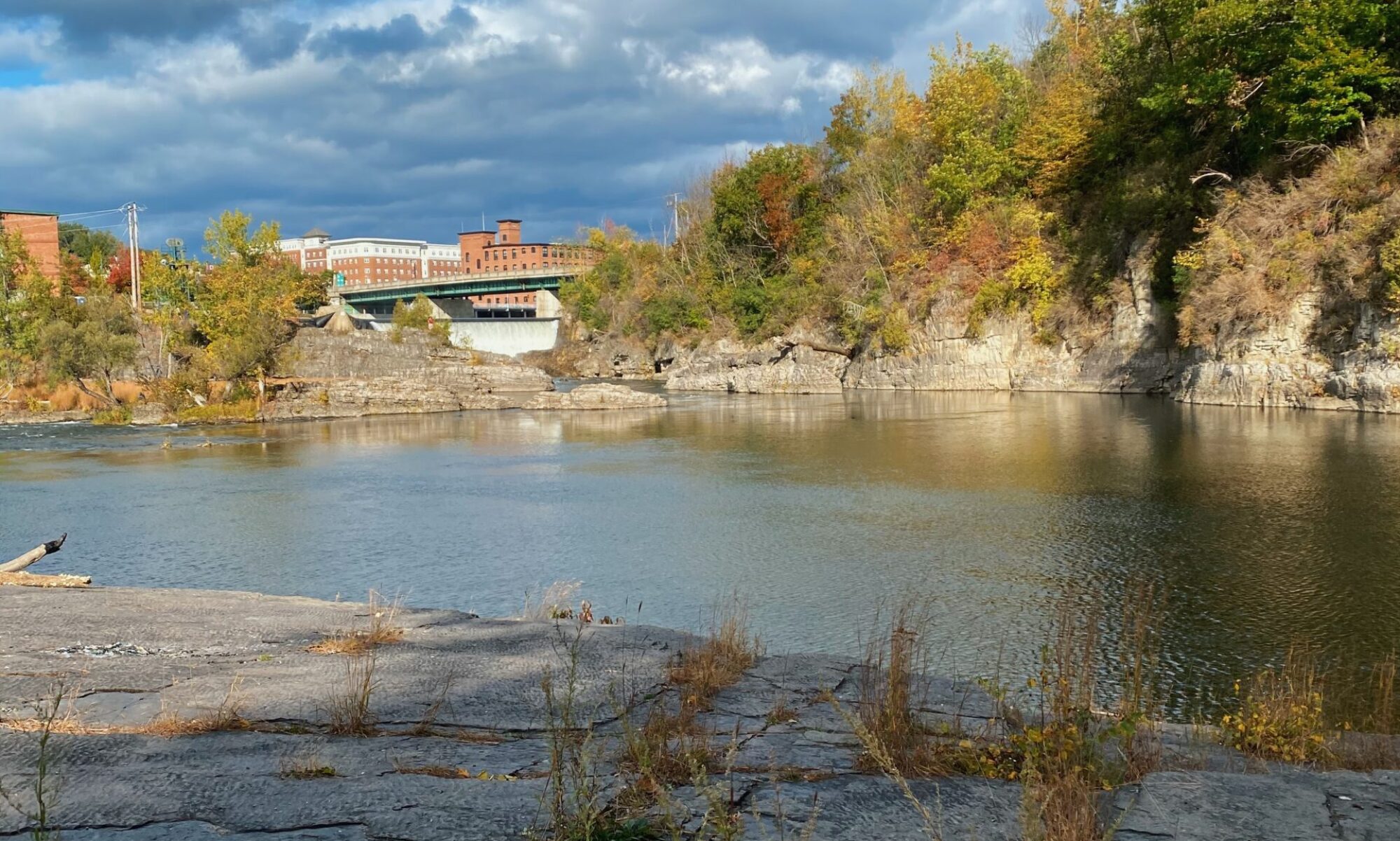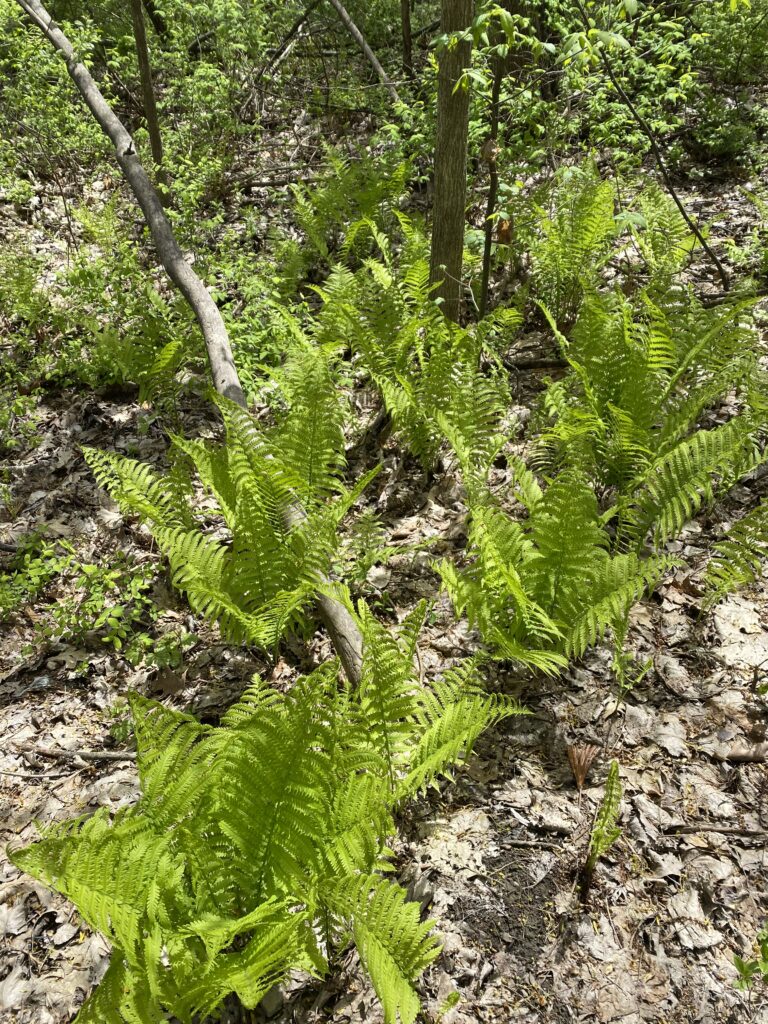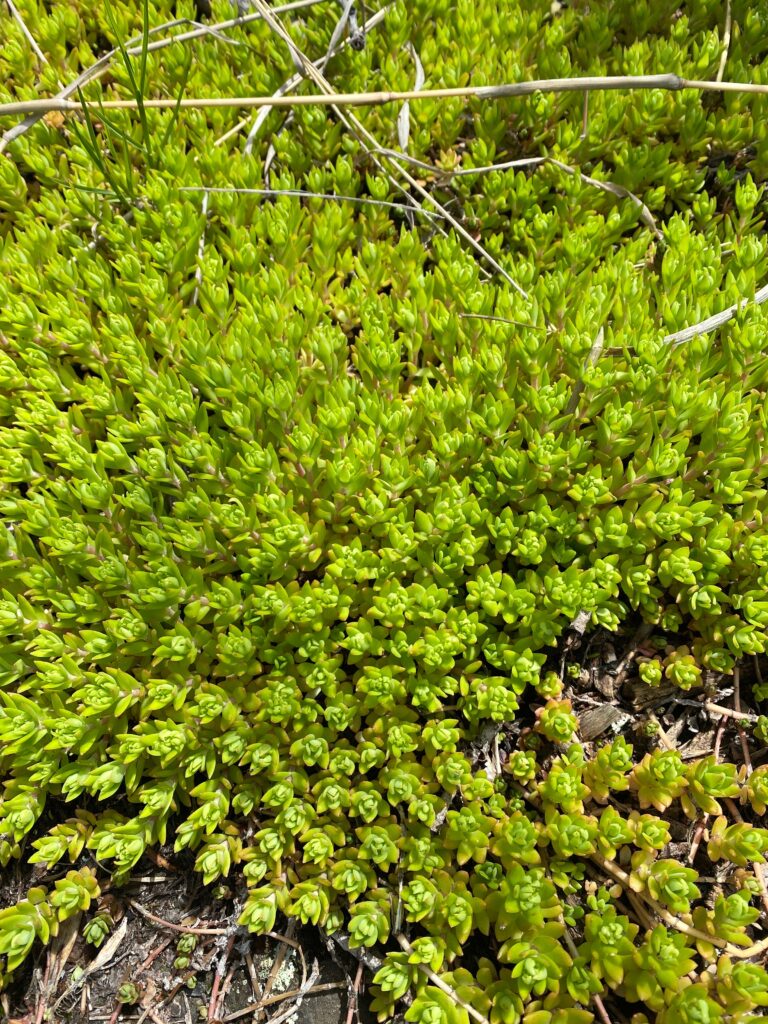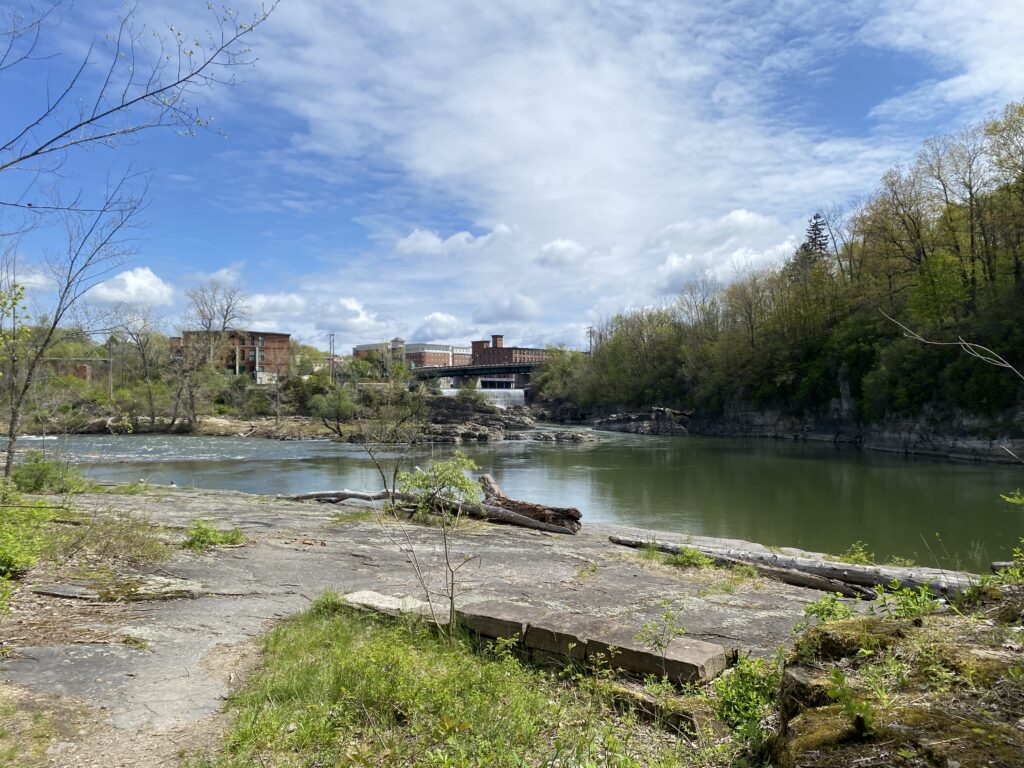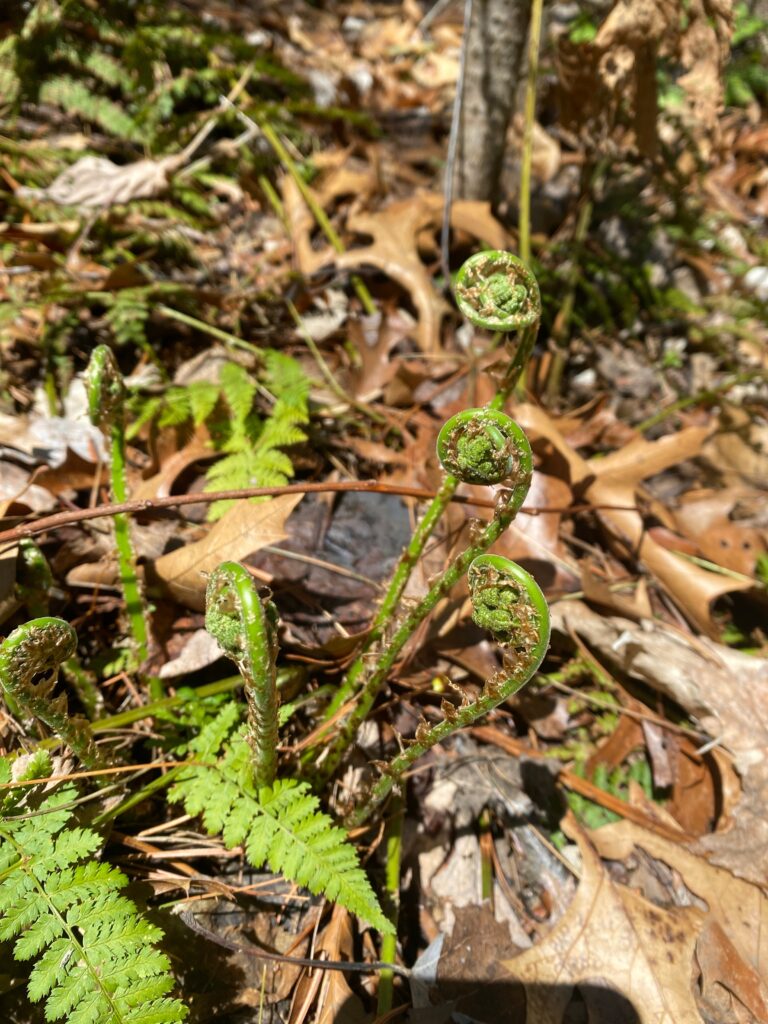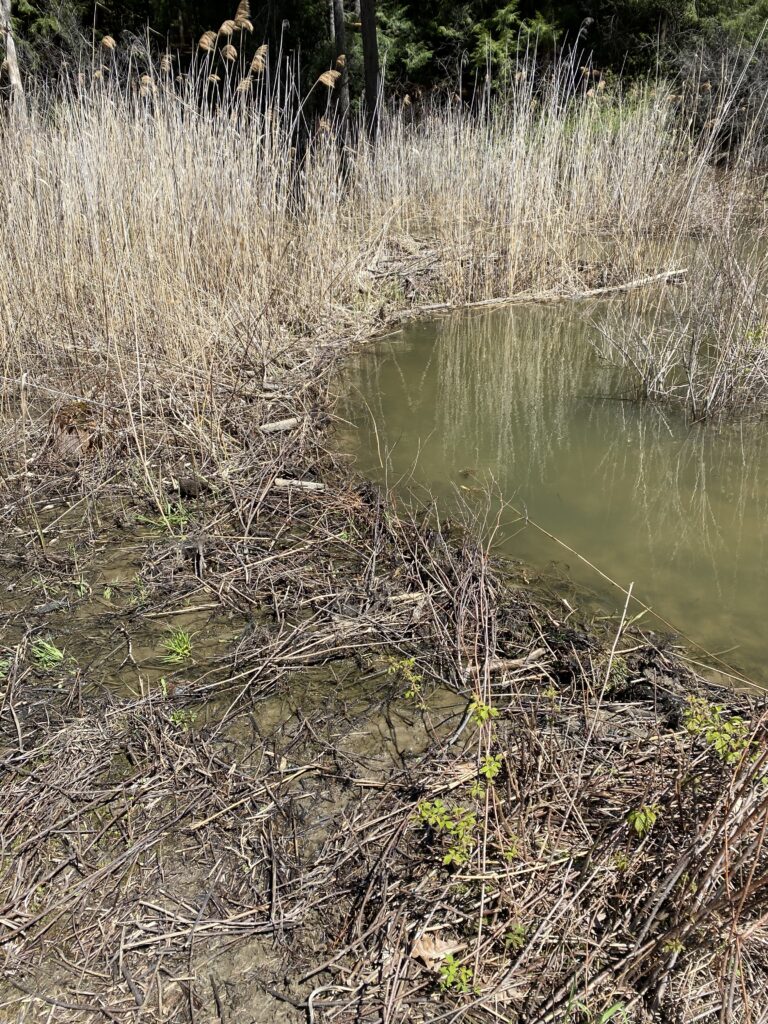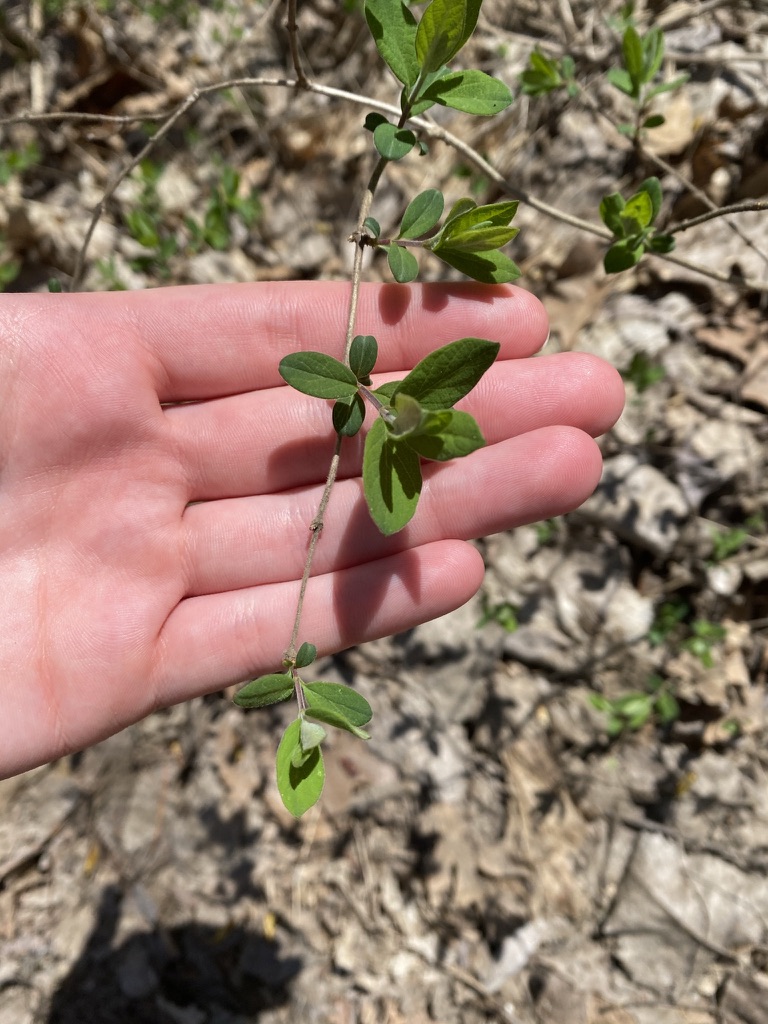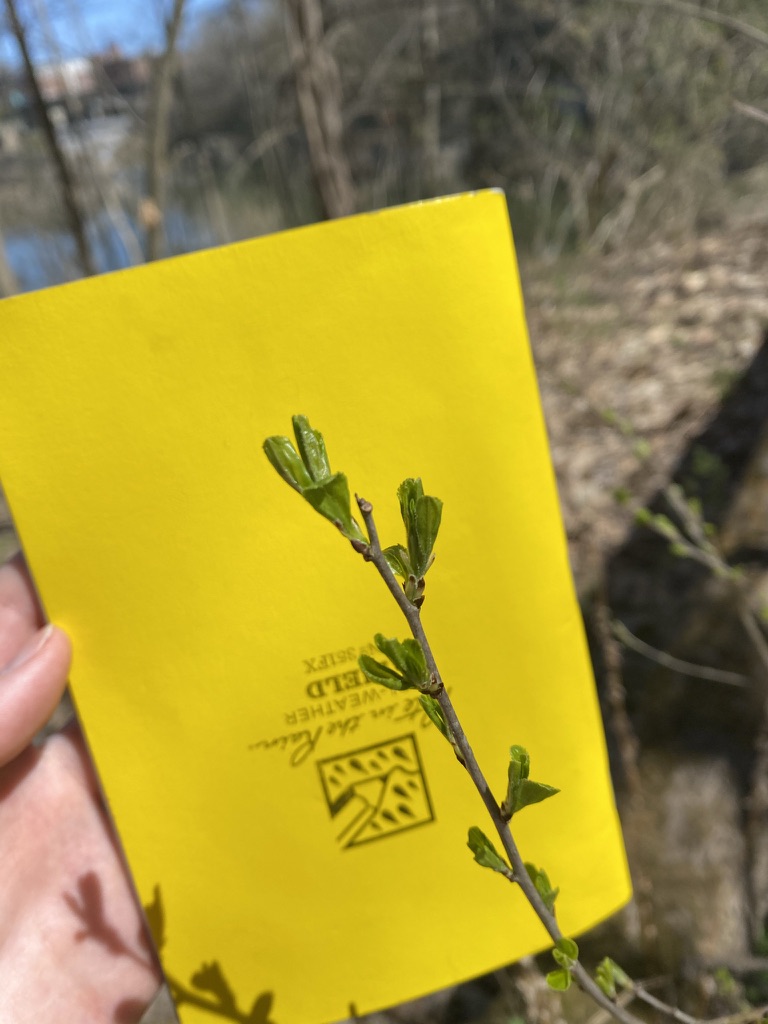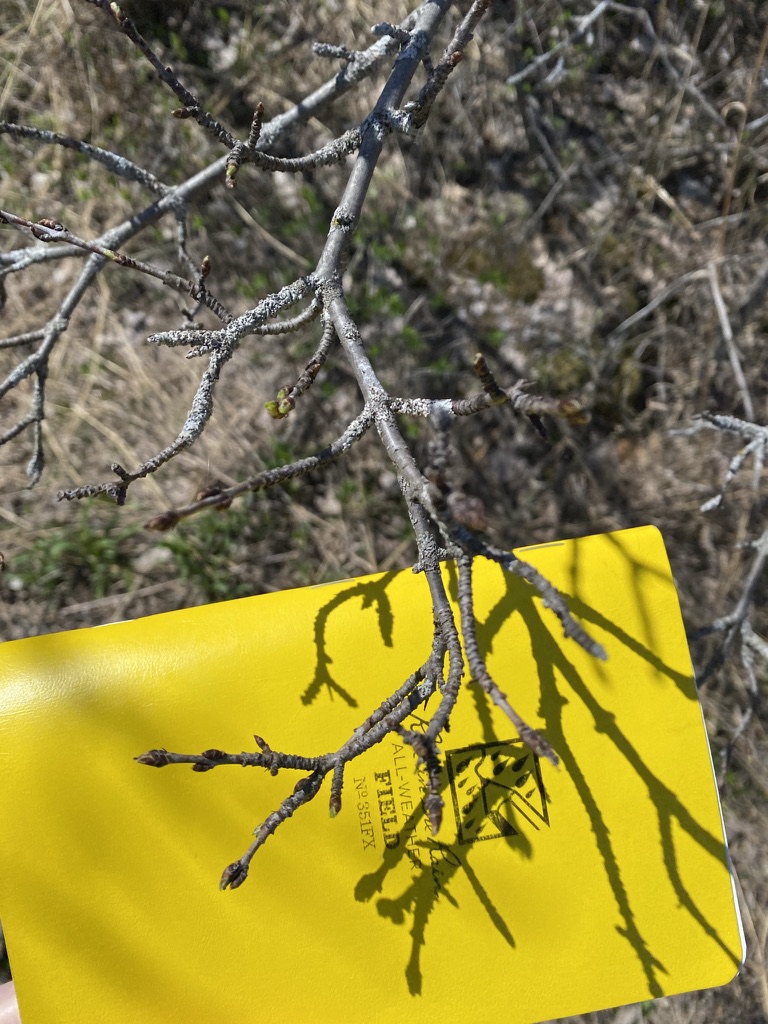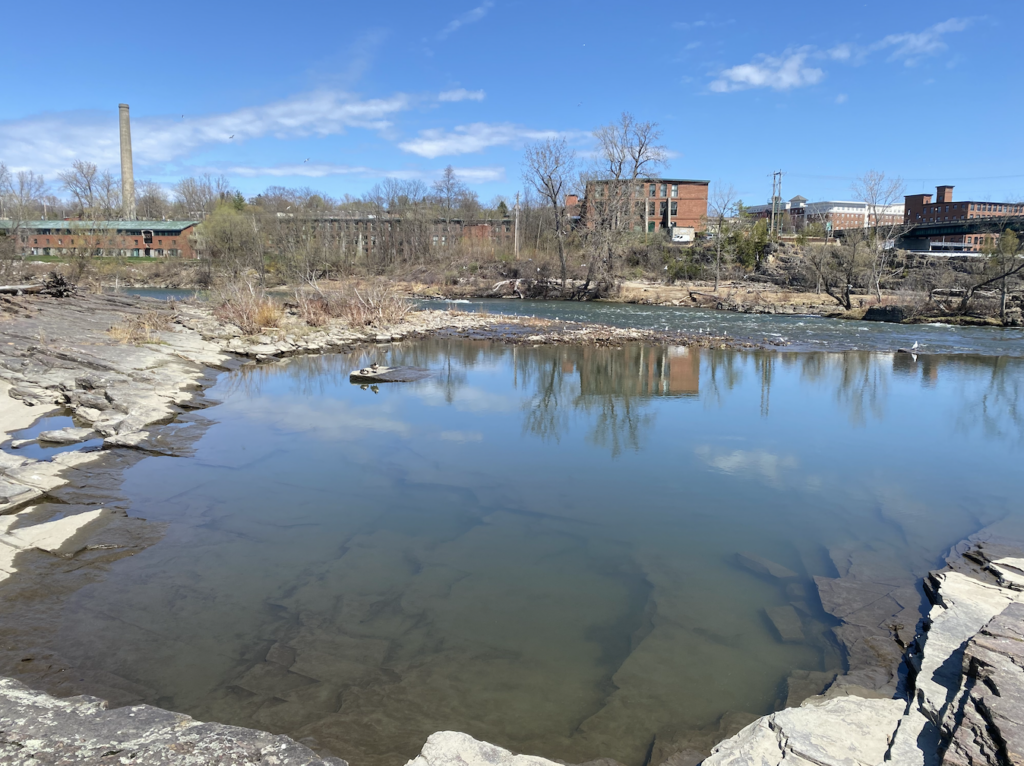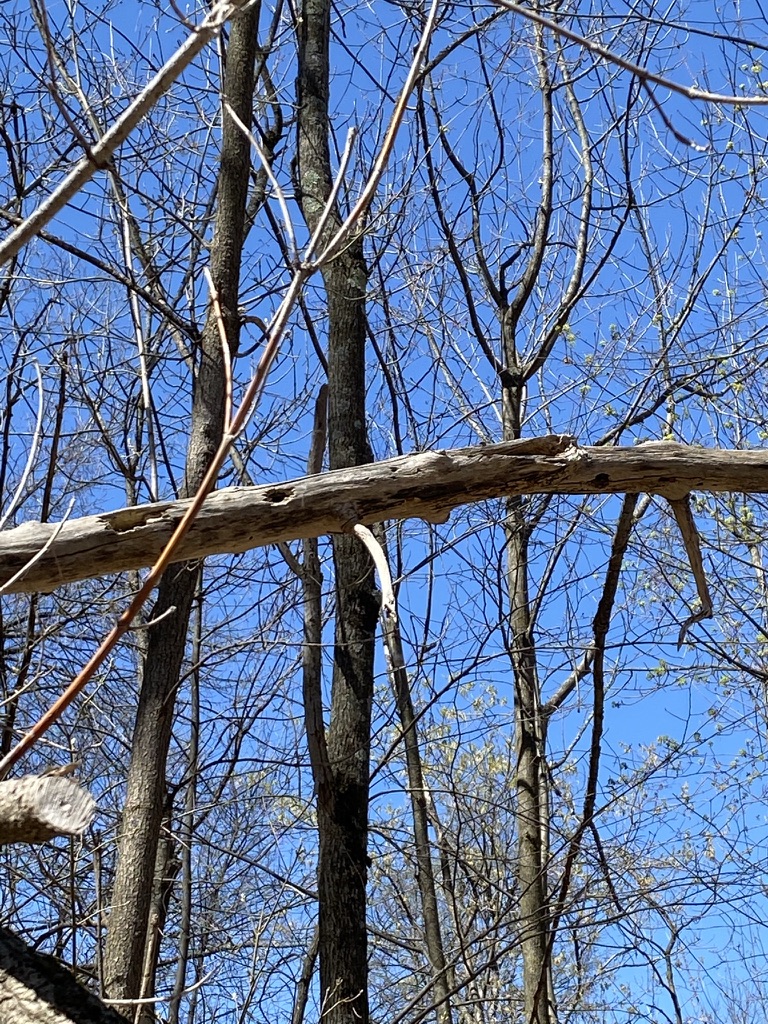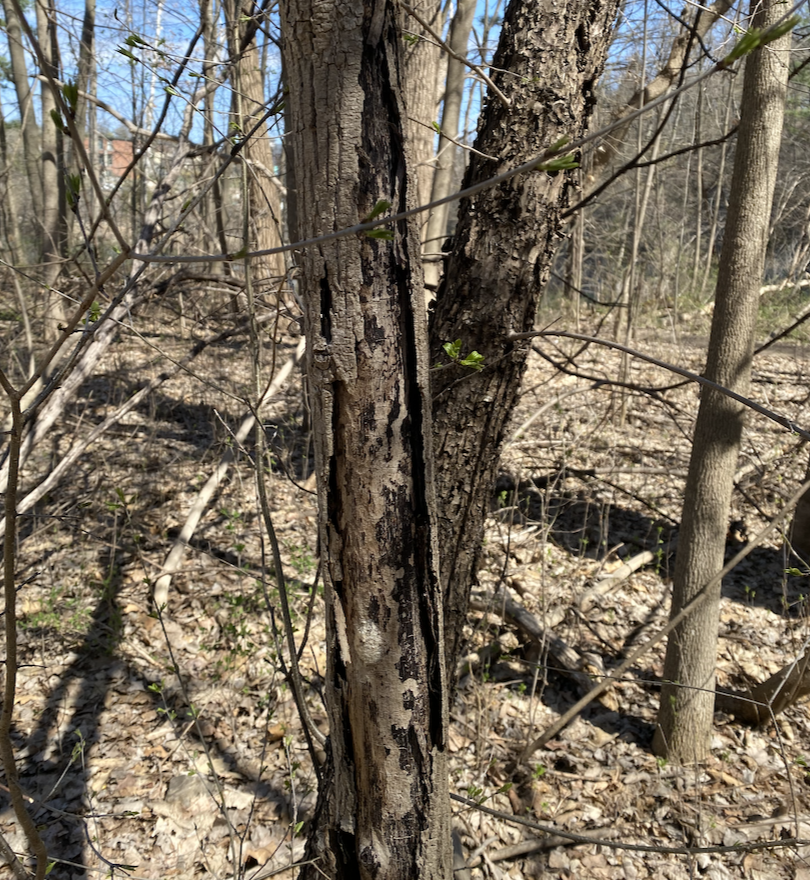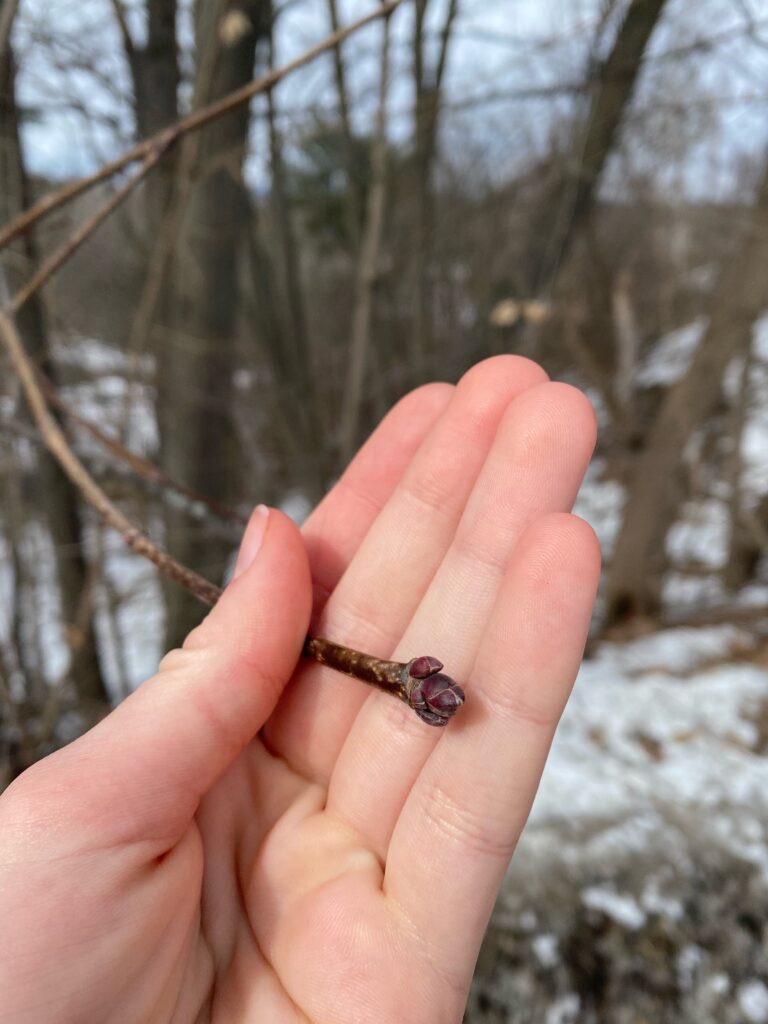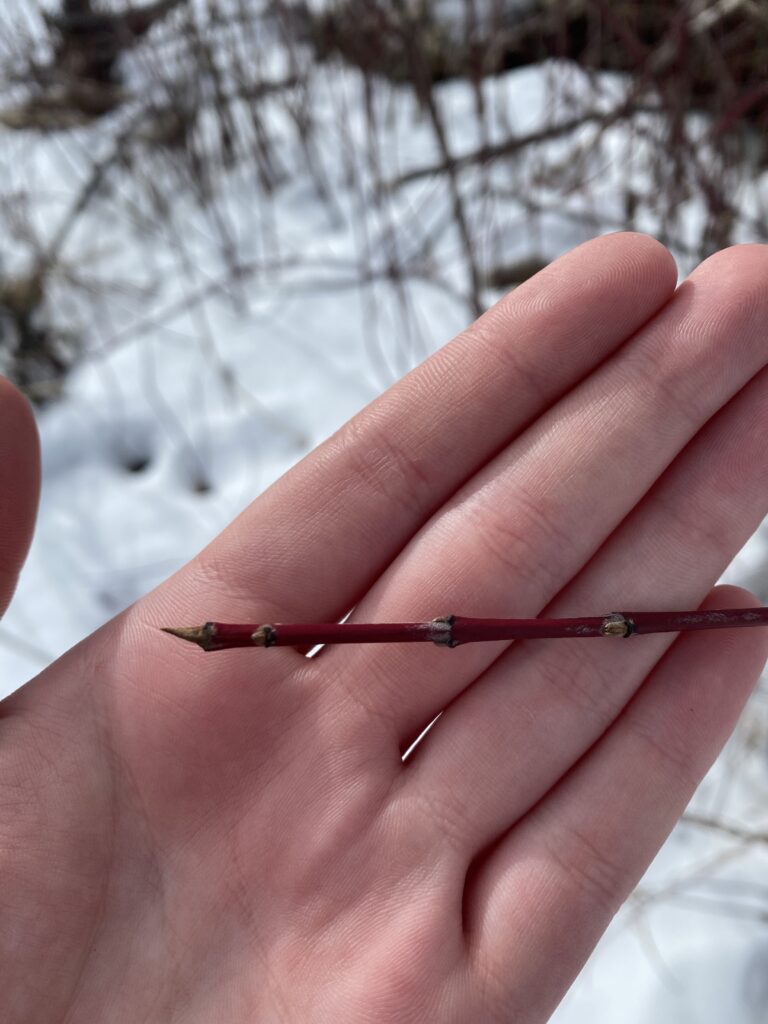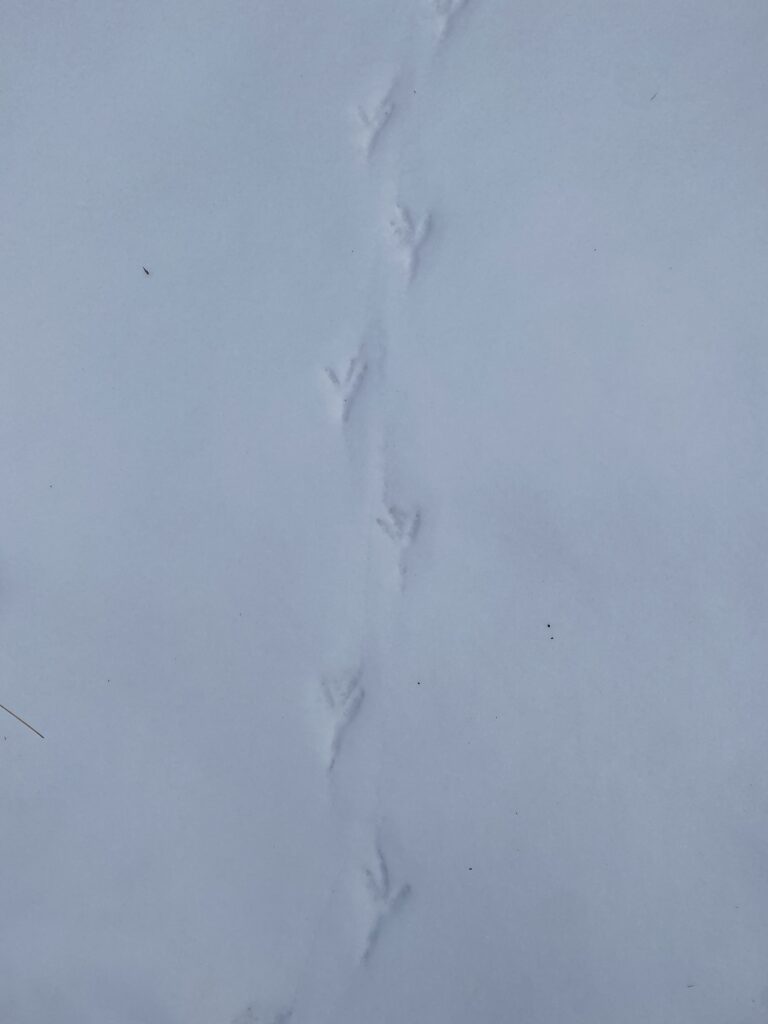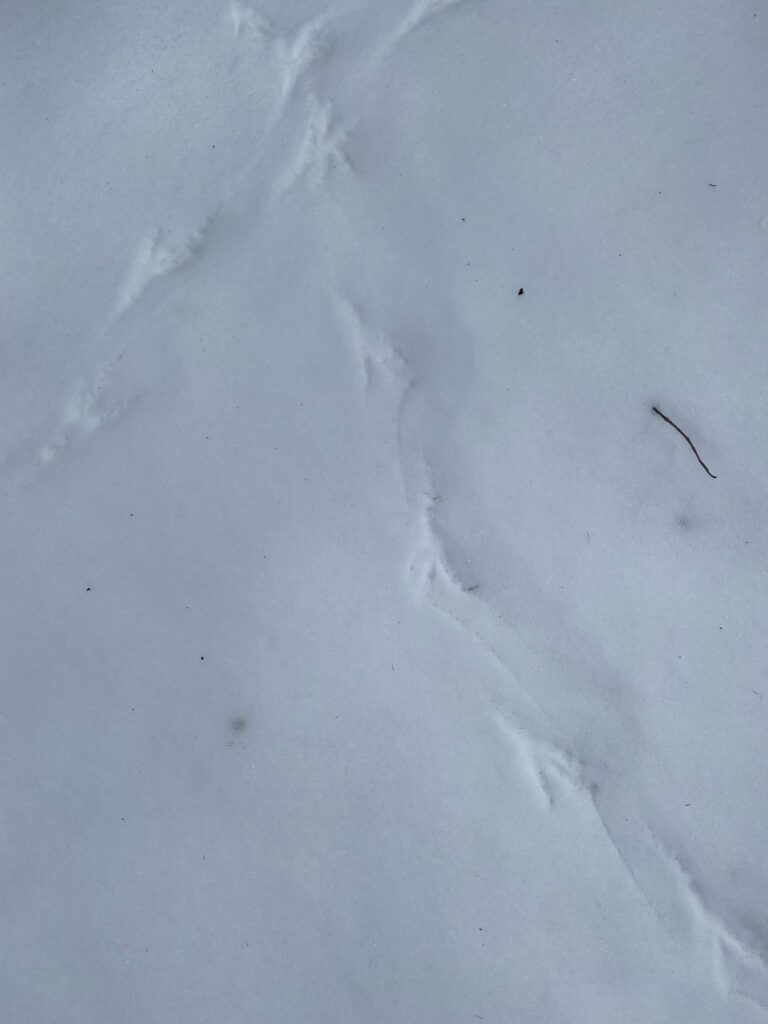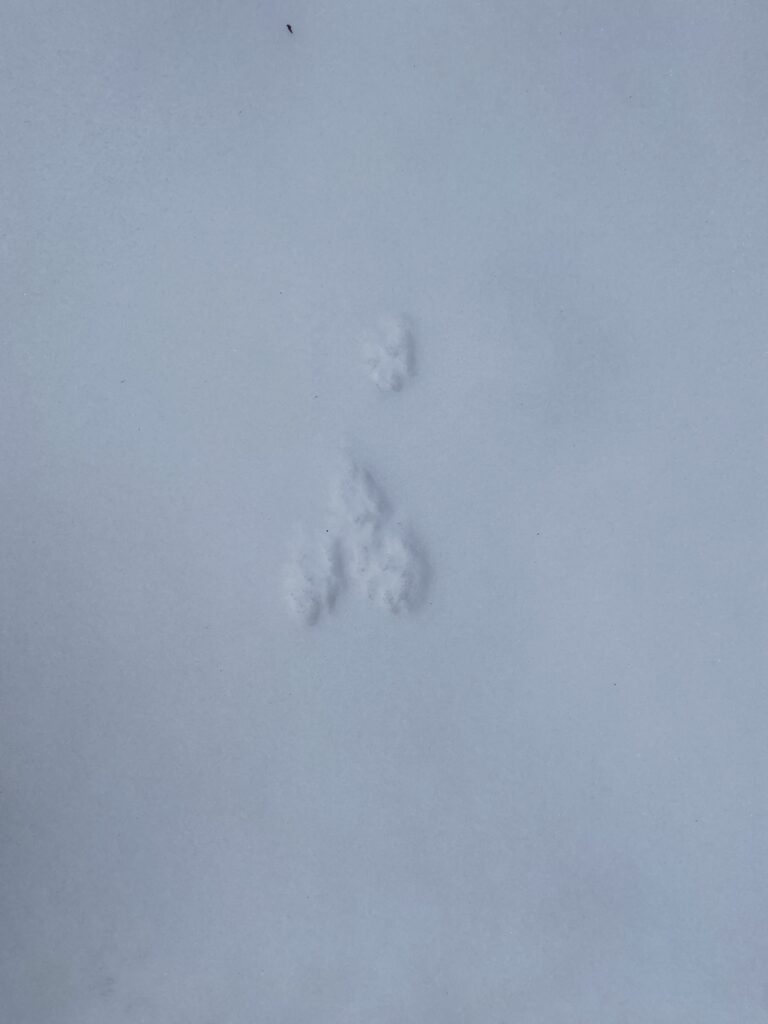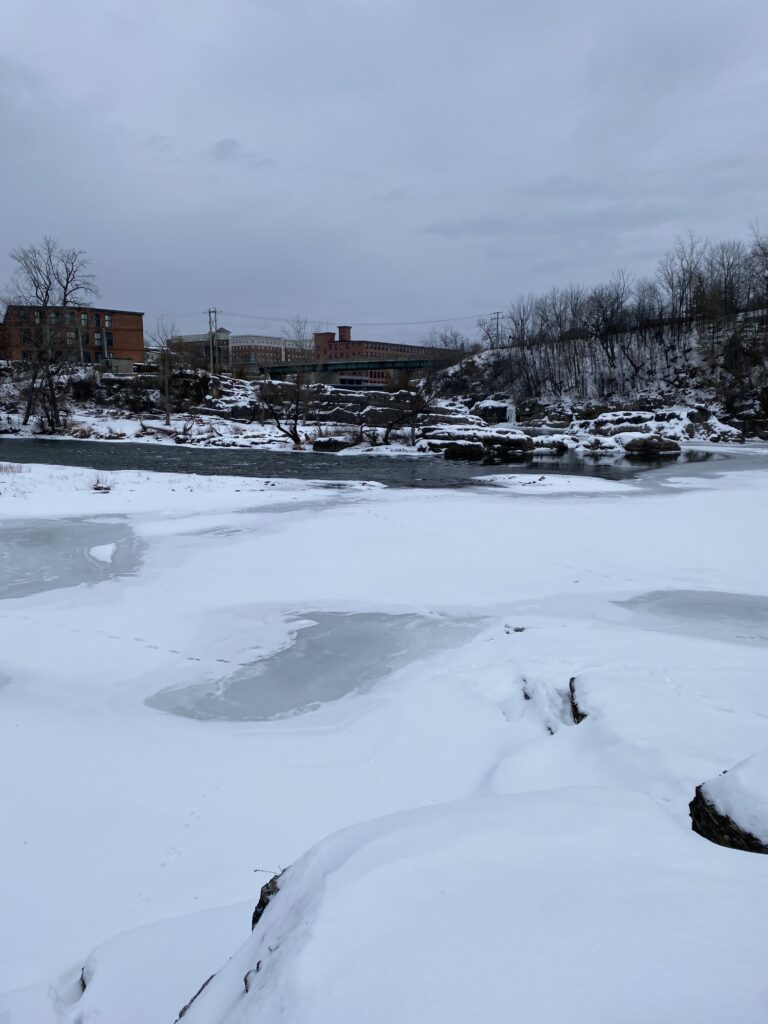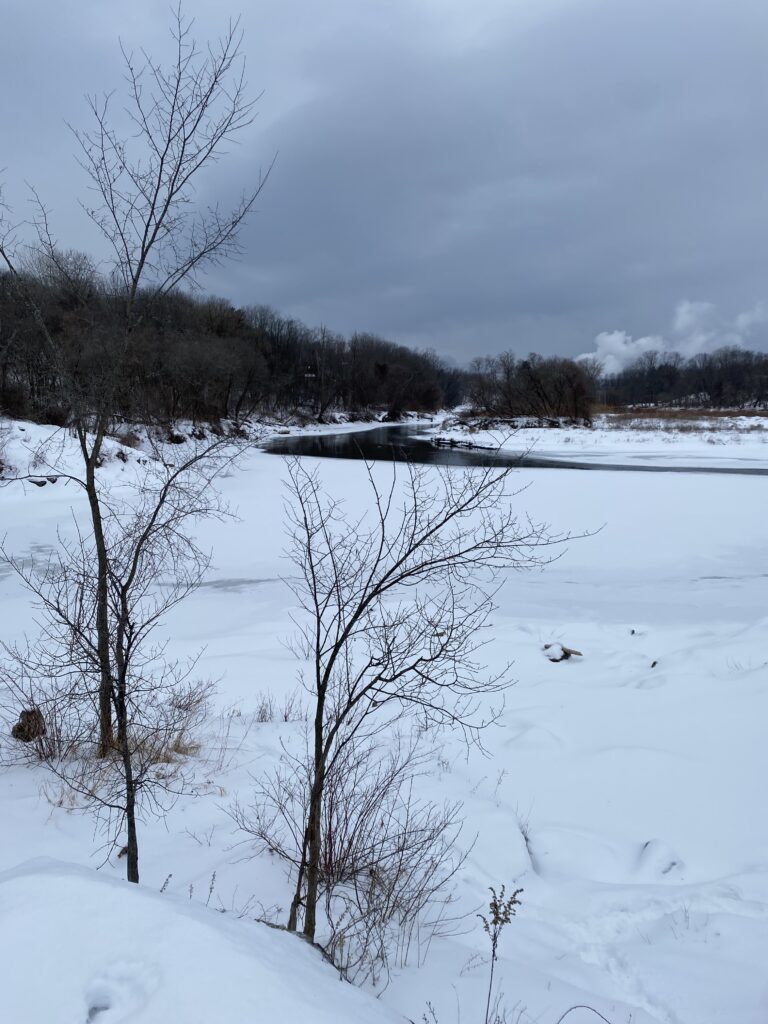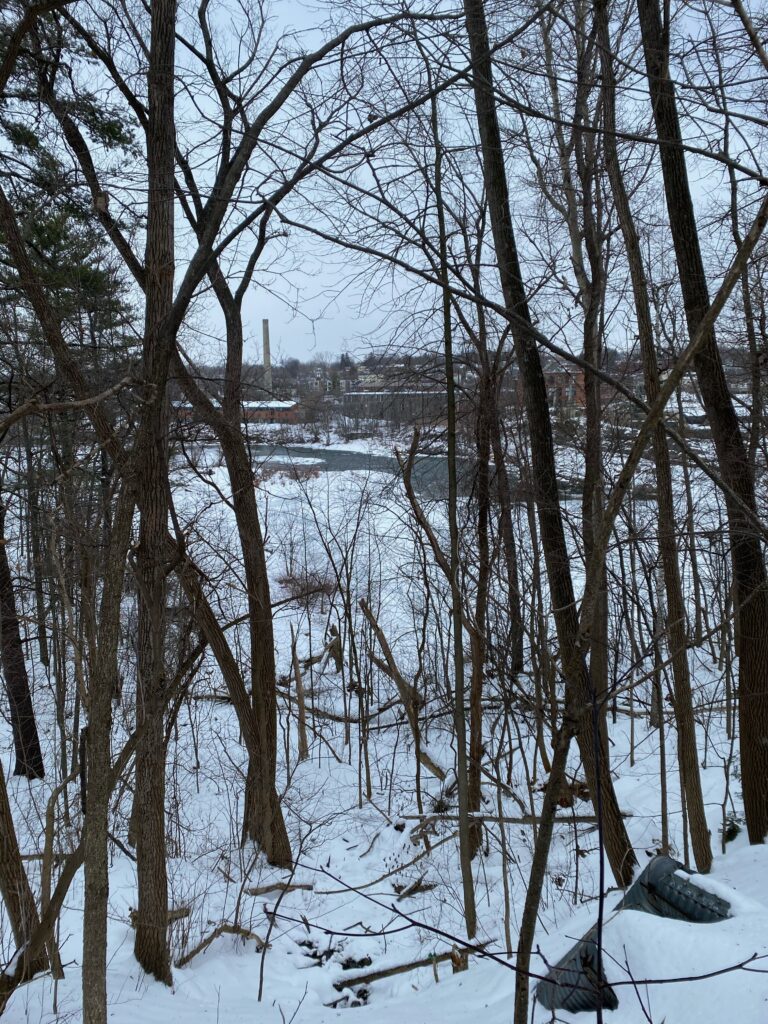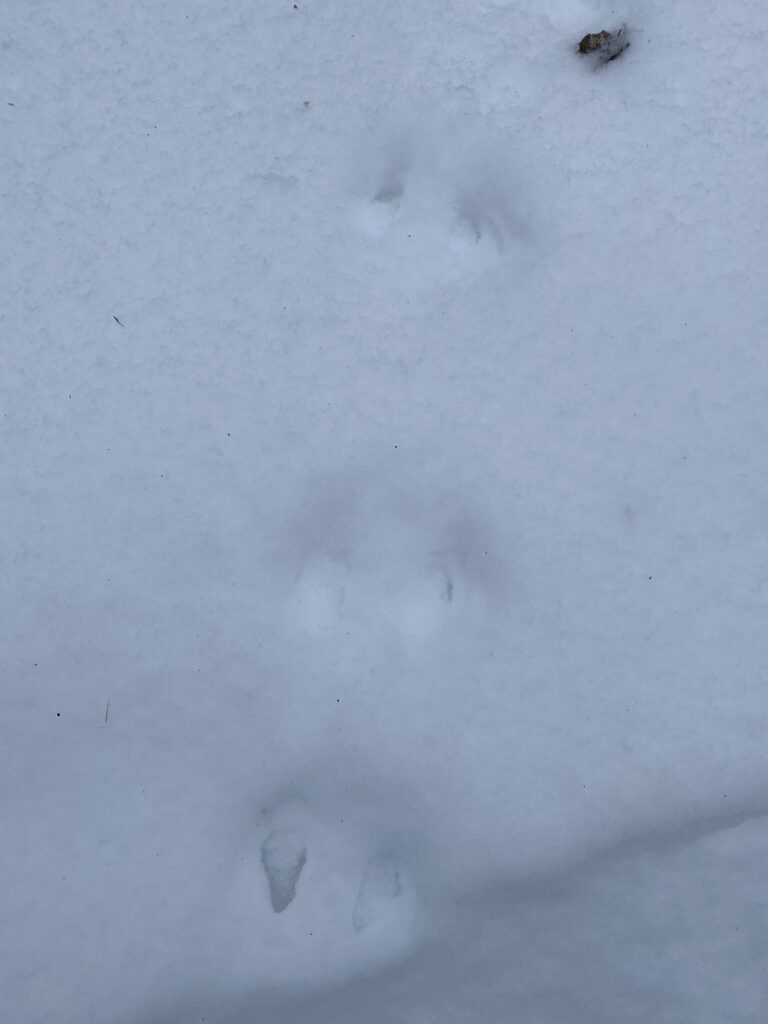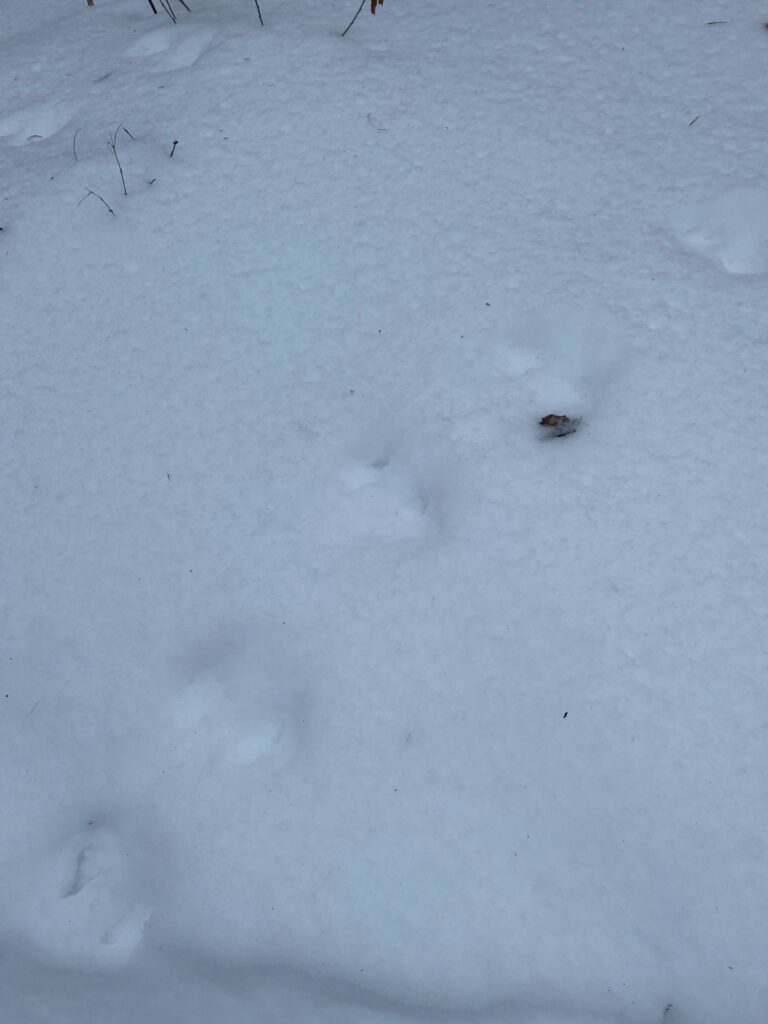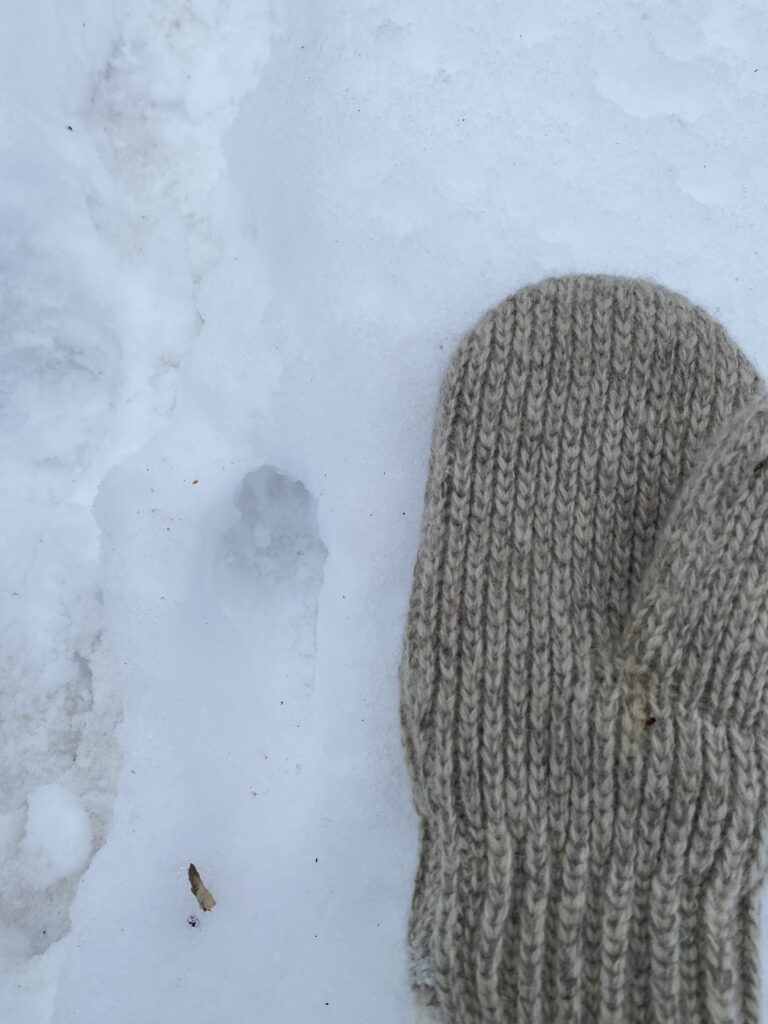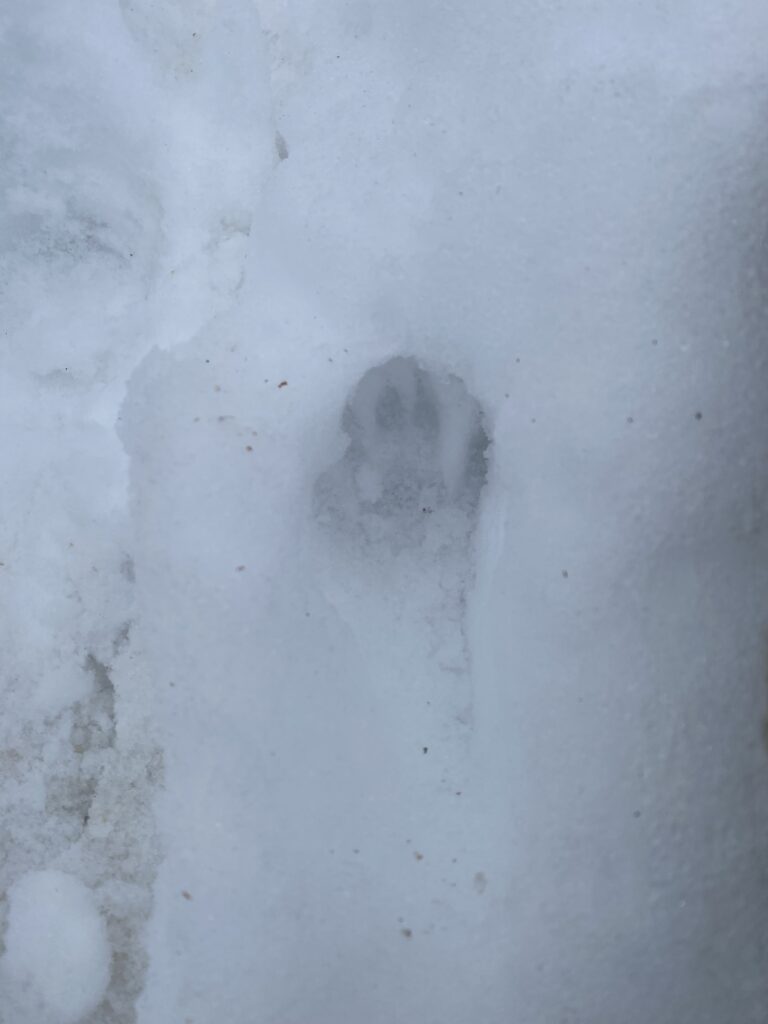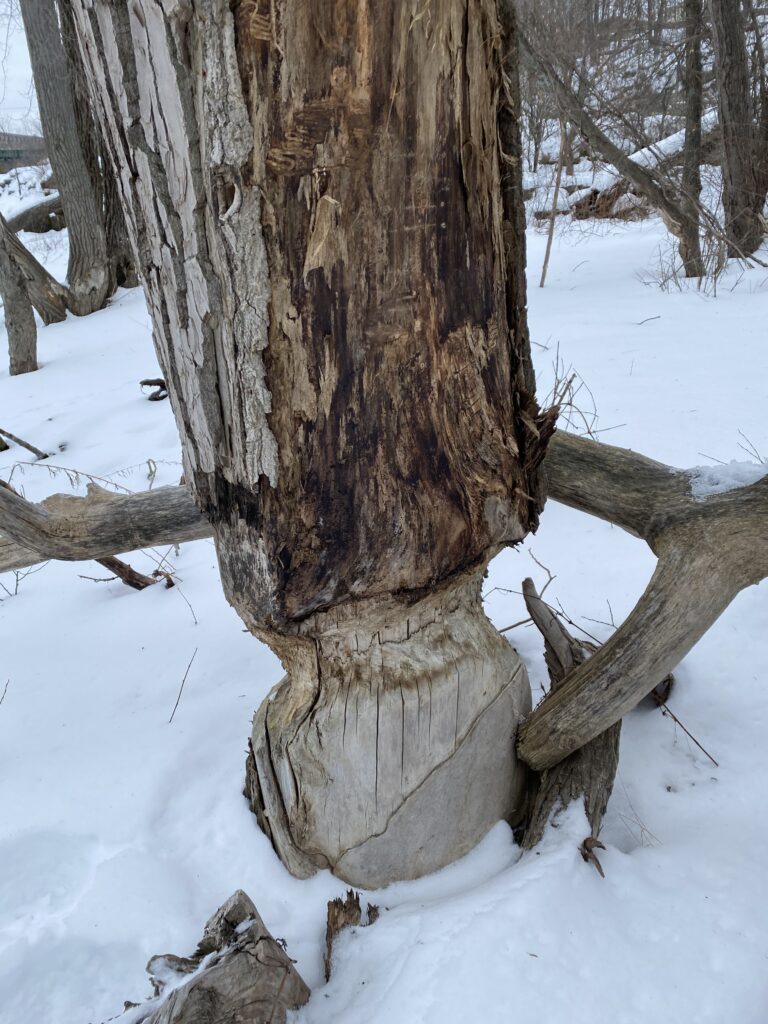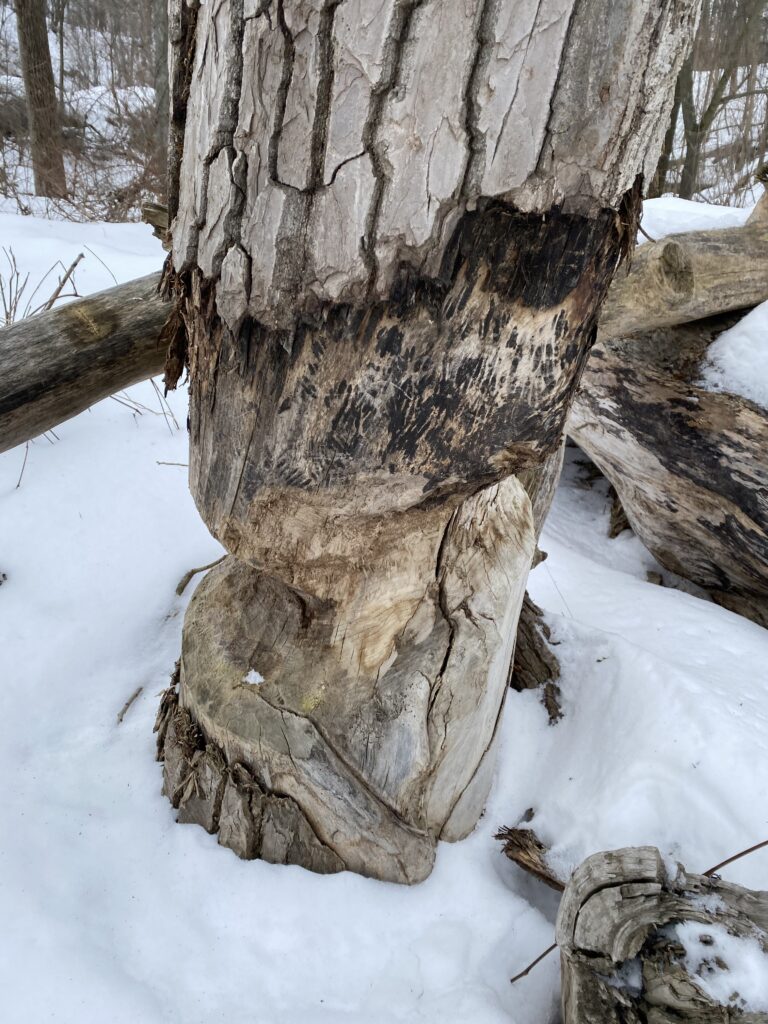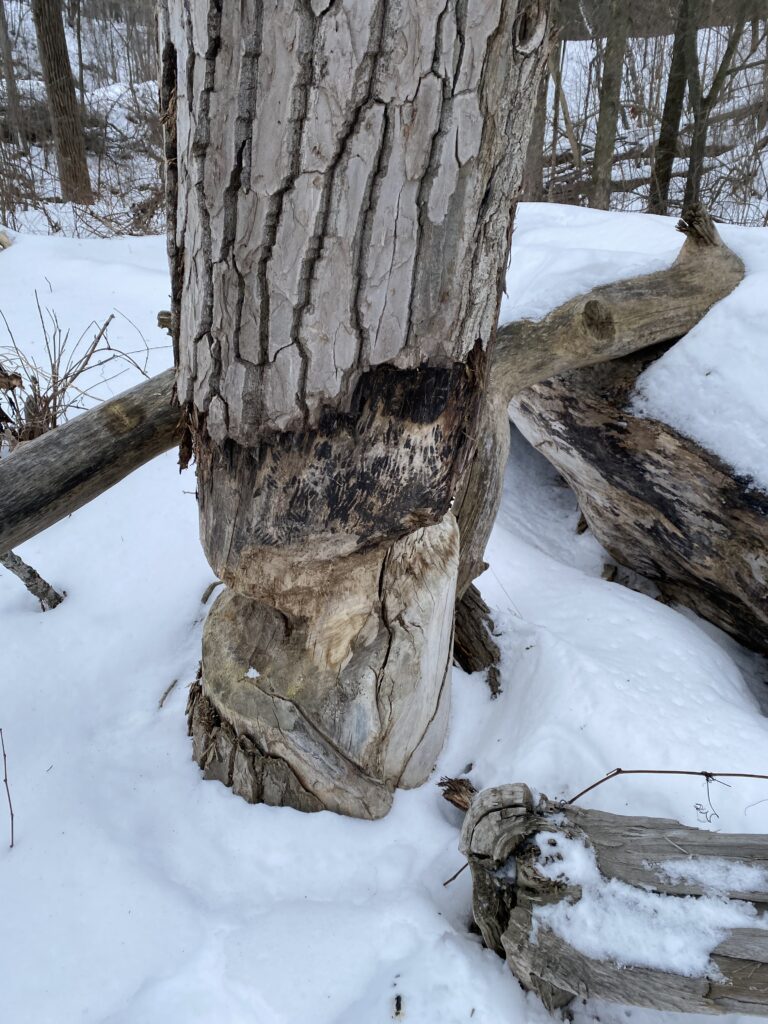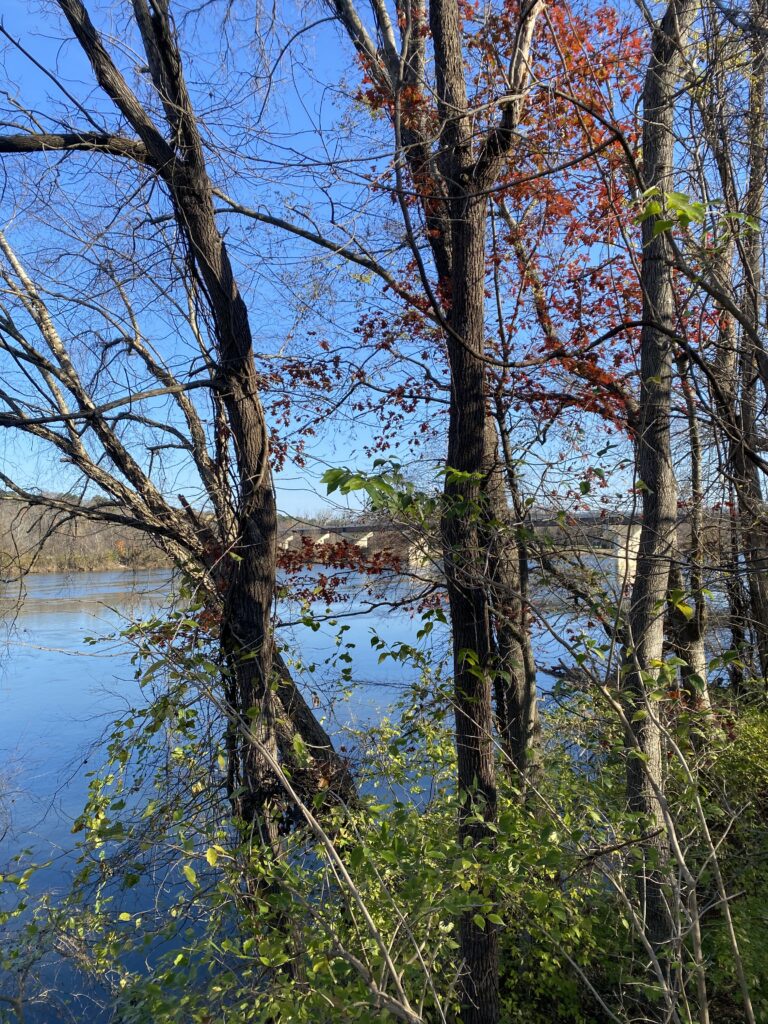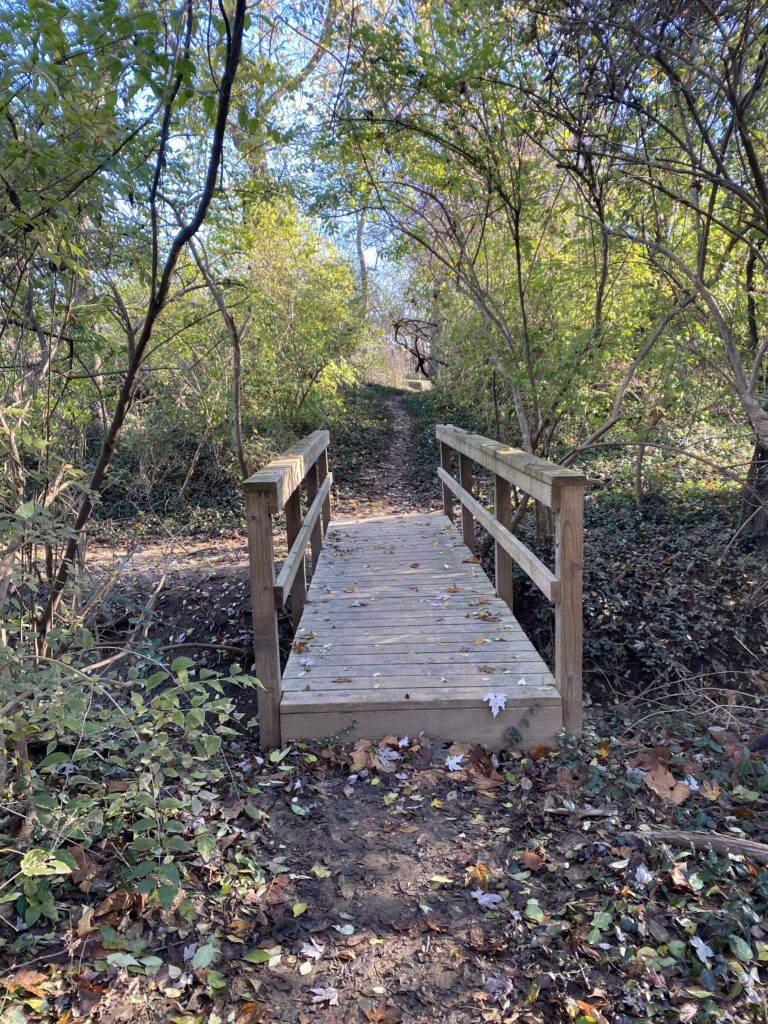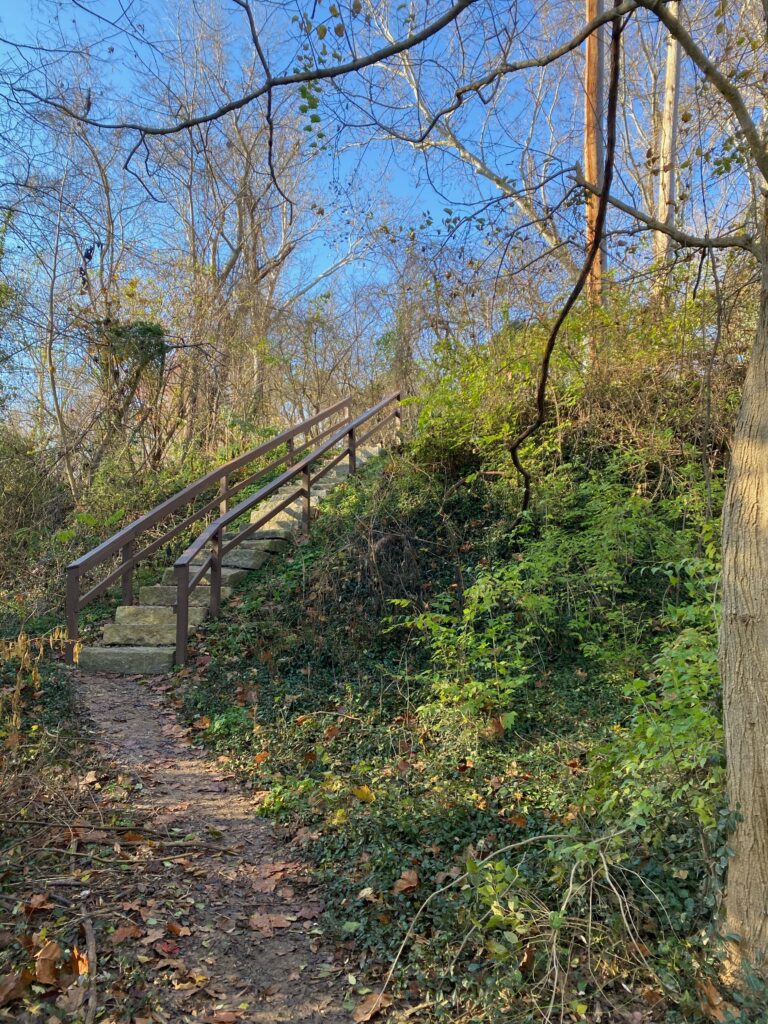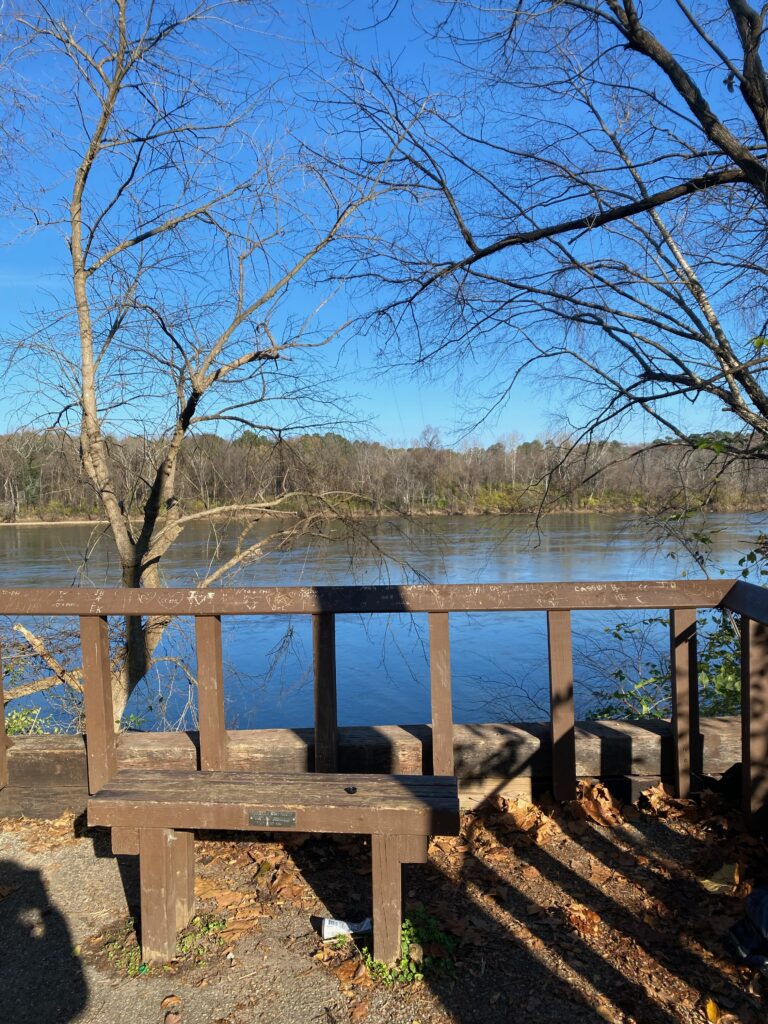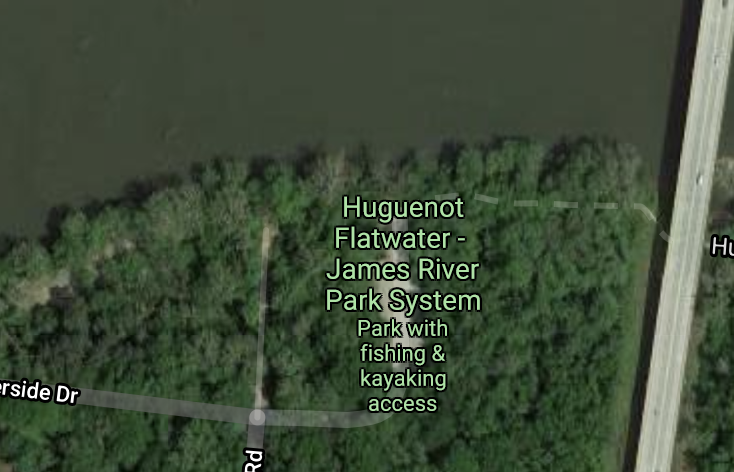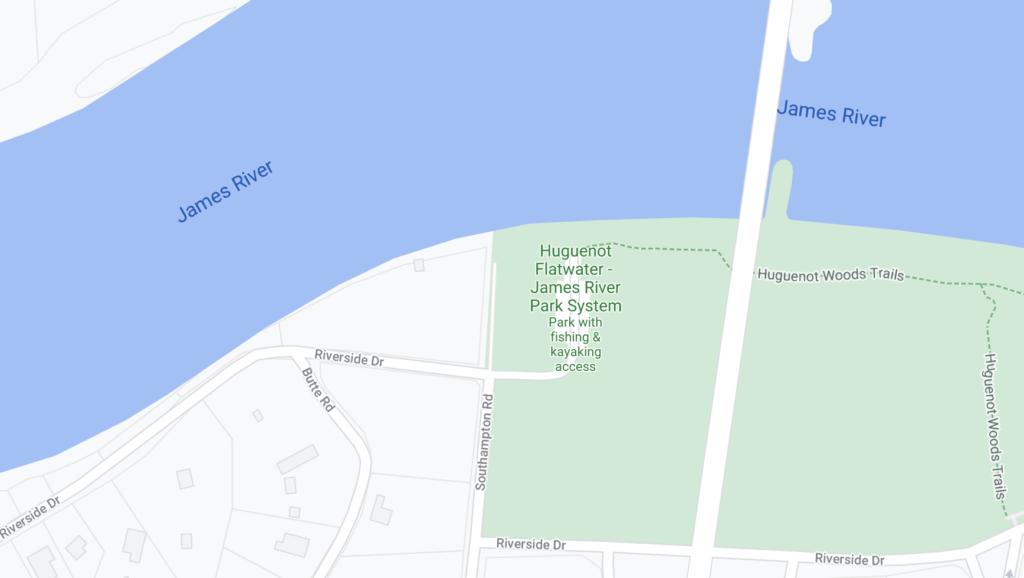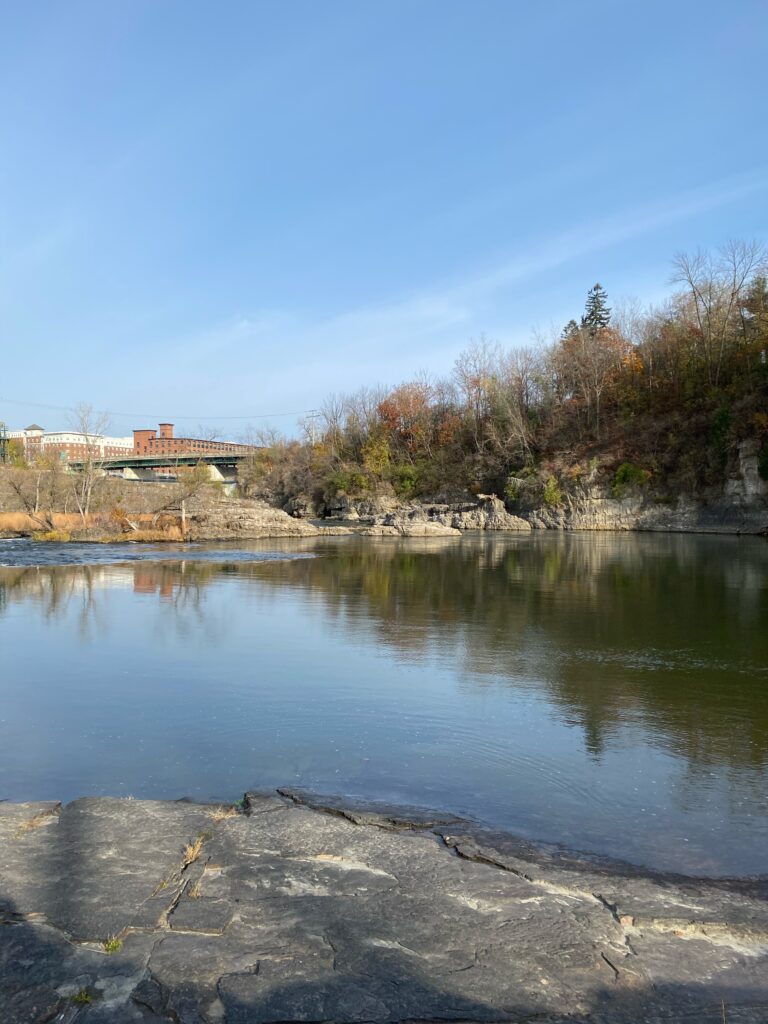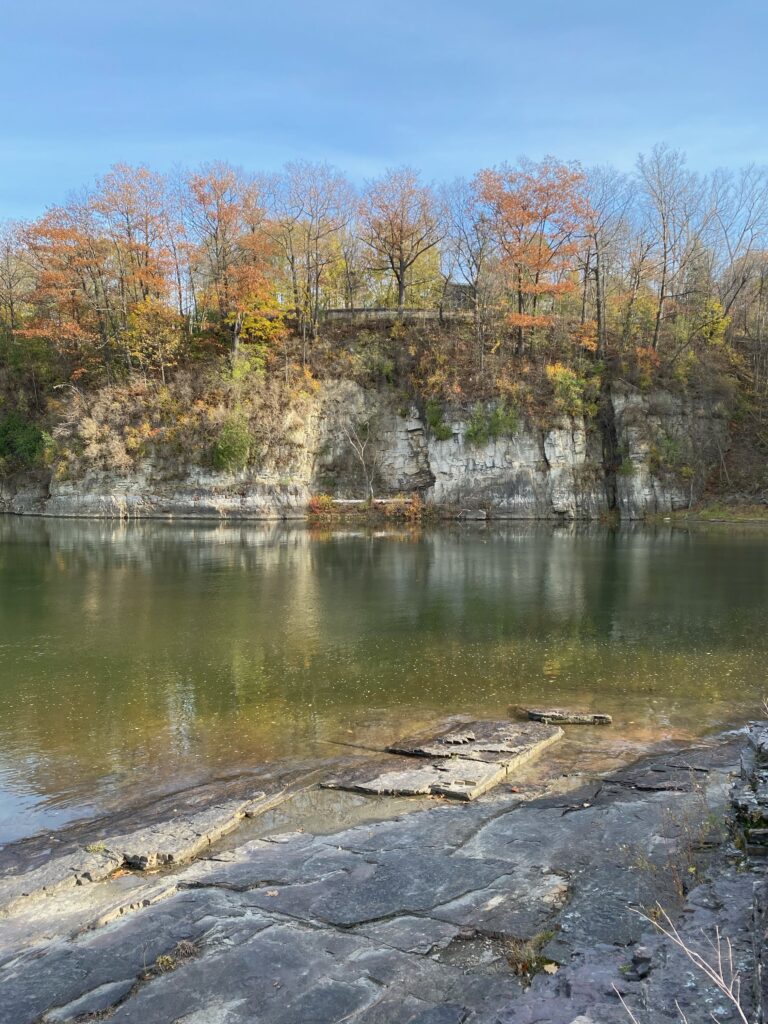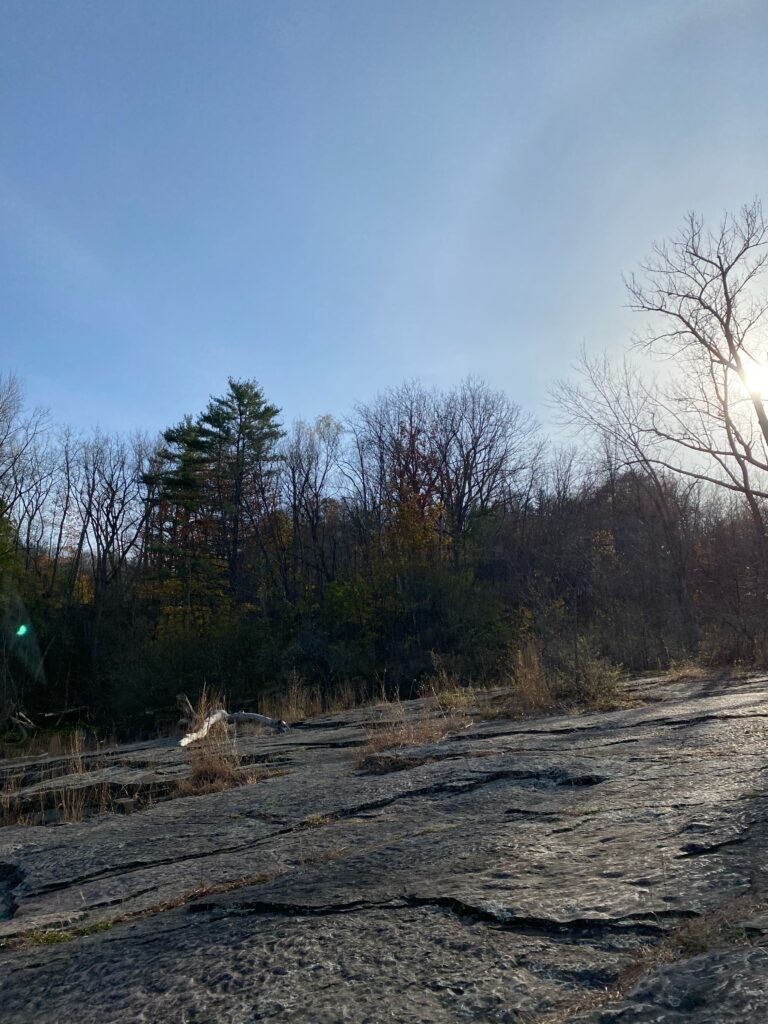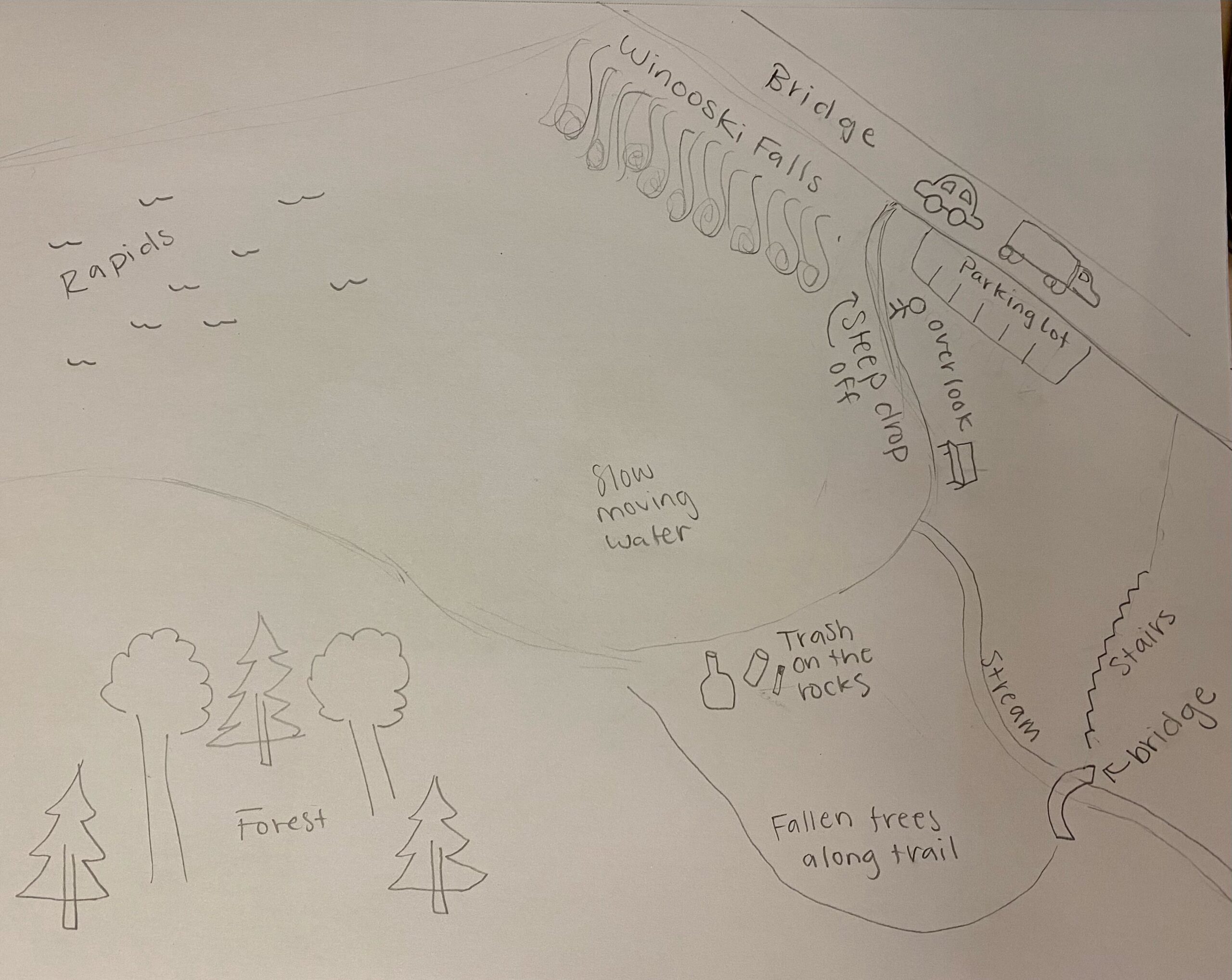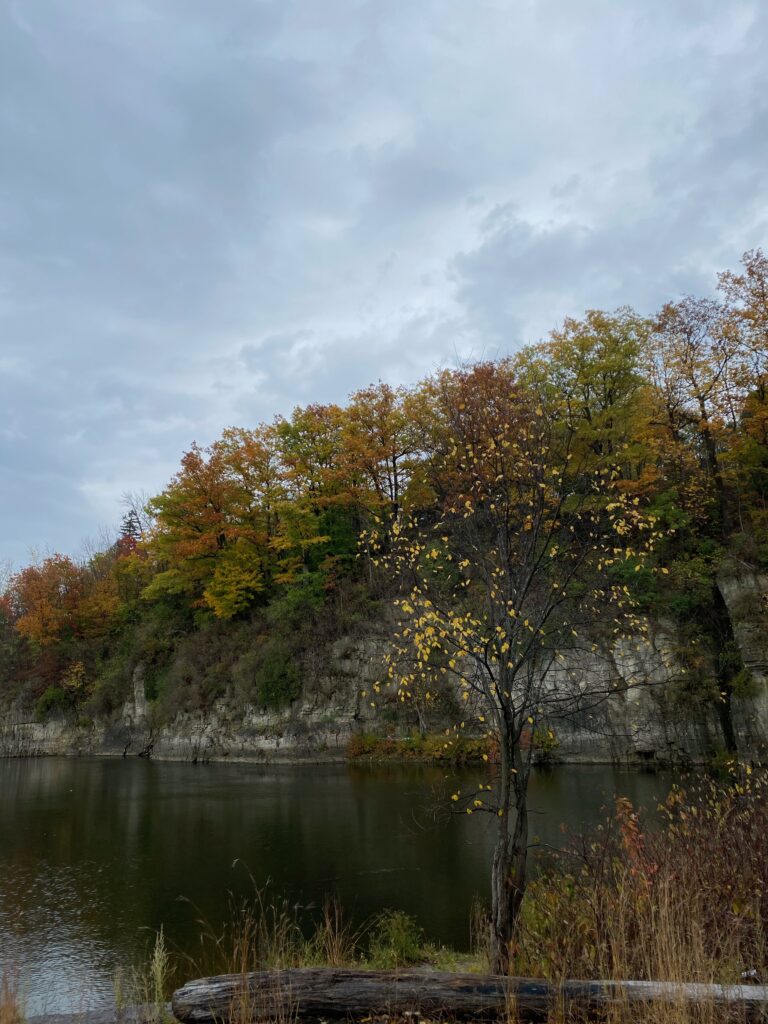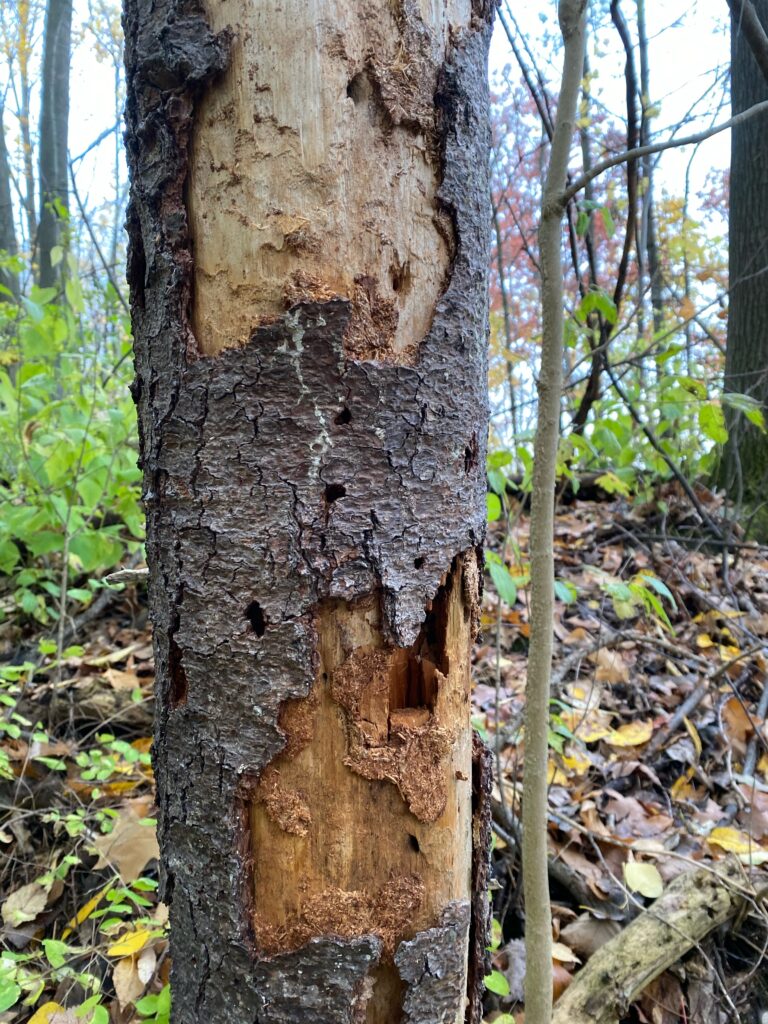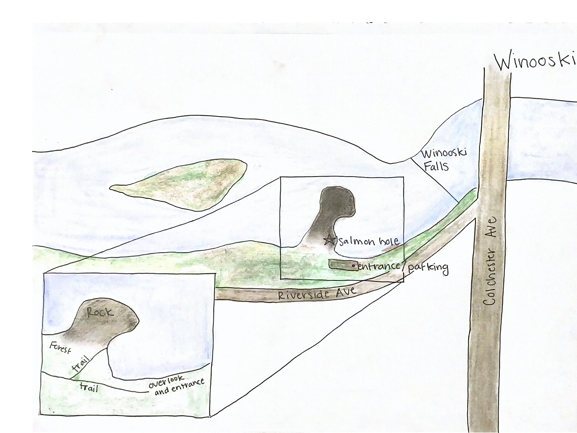On a warm, spring day, I made my last visit to the Salmon Hole on the Winooski. The intensity of spring changes was obvious in the woods full of bird song and leafing vegetation. It’s odd to think that just a few months ago a blanket of ice and snow covered the rocks along the river and the woods were silent except for the occasional rustle of branches. During my visit, the trees were finally starting to fill out, with some already having leaves and others still left with only buds. On the floor of the forest, vegetation like ferns have fully bloomed. Other signs of spring included the numerous visitors of the park enjoying the lovely weather.
However, there is much more to this landscape than the plant and wildlife that I often document. Salmon Hole is a great location for viewing the connections between culture and nature. Just across from the river are the old mills of the city of Winooski. They symbolize humans’ reliance on water systems for industry and the livelihoods of the city’s inhabitants. Without the river, the city would have likely never seen the scale and prosperity it has today. The visitors of the park I saw today also symbolize nature and culture intertwining. Salmon hole offers a great location for all kinds of recreation and is valued for its wildness in such a developed area. This spot offers Burlington and Winooski residents a space to interact with nature and form deeper connections with their place which fosters more involvement and dedication to preserving local flora and fauna. I have certainly formed a connection to the landscape over the past year. Watching the seasons come and go has allowed me to consider myself part of my place. I have a better understanding of the park’s dynamics, whether it’s how the river rises and falls, what the tracks of the inhabitants look like, or the sounds of bird calls. Studying how connected human systems are to natural systems these two semesters has also made me realize that all the actions I take part in have an impact on the surrounding ecosystem, even just walking along the trails. I hope to continue my regular visits to the Salmon hole and maintain a strong connection to my landscape.
